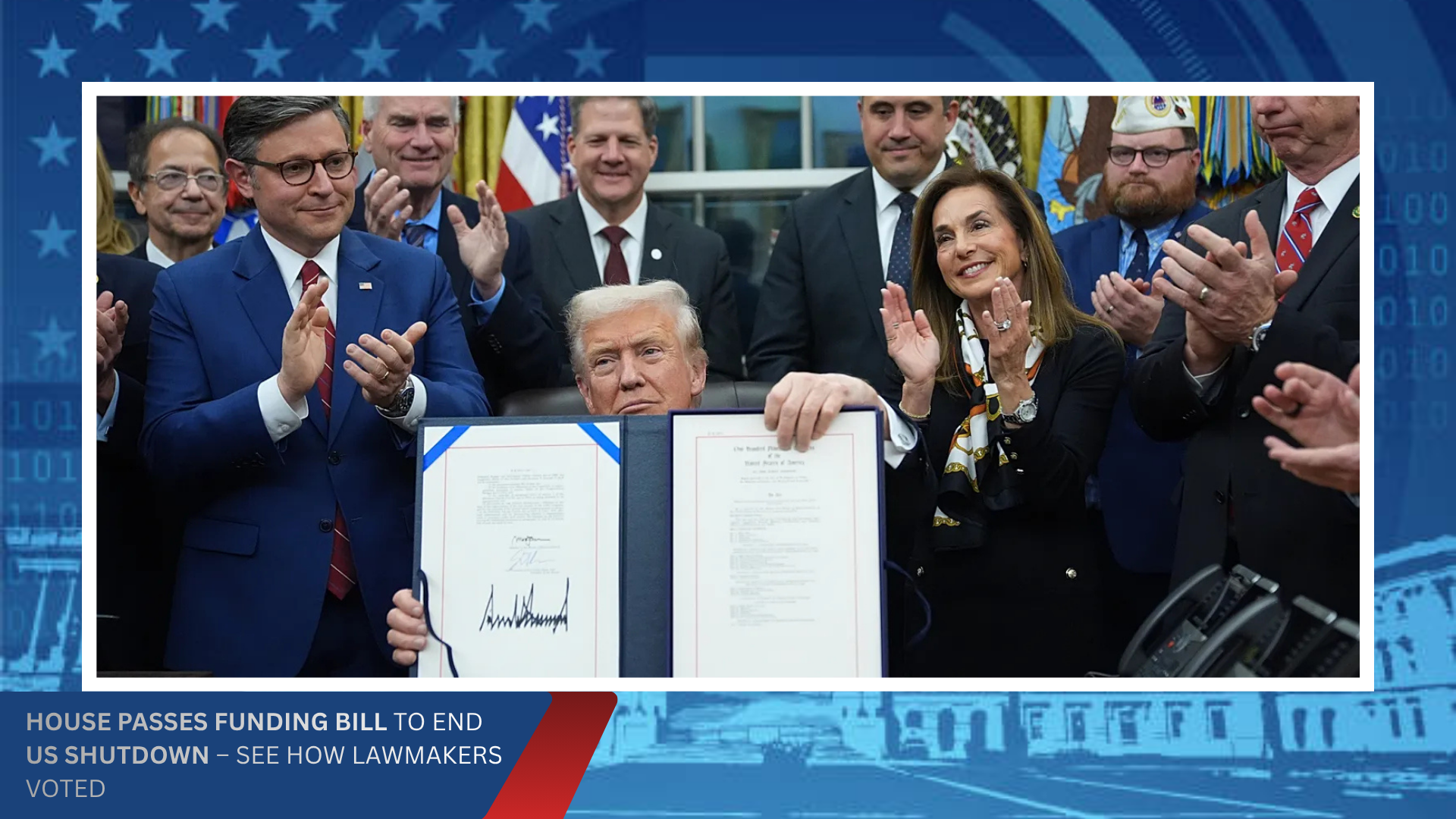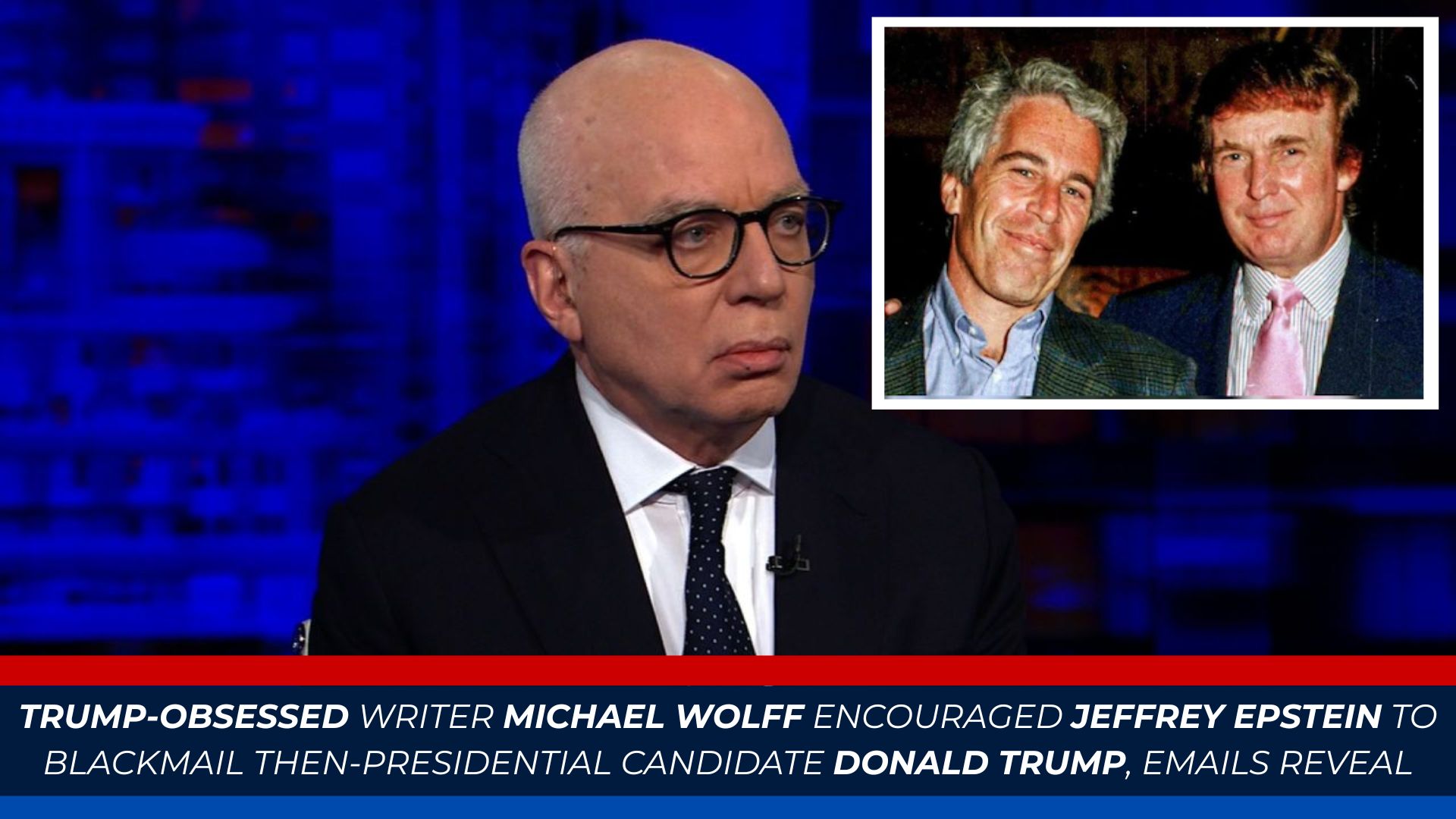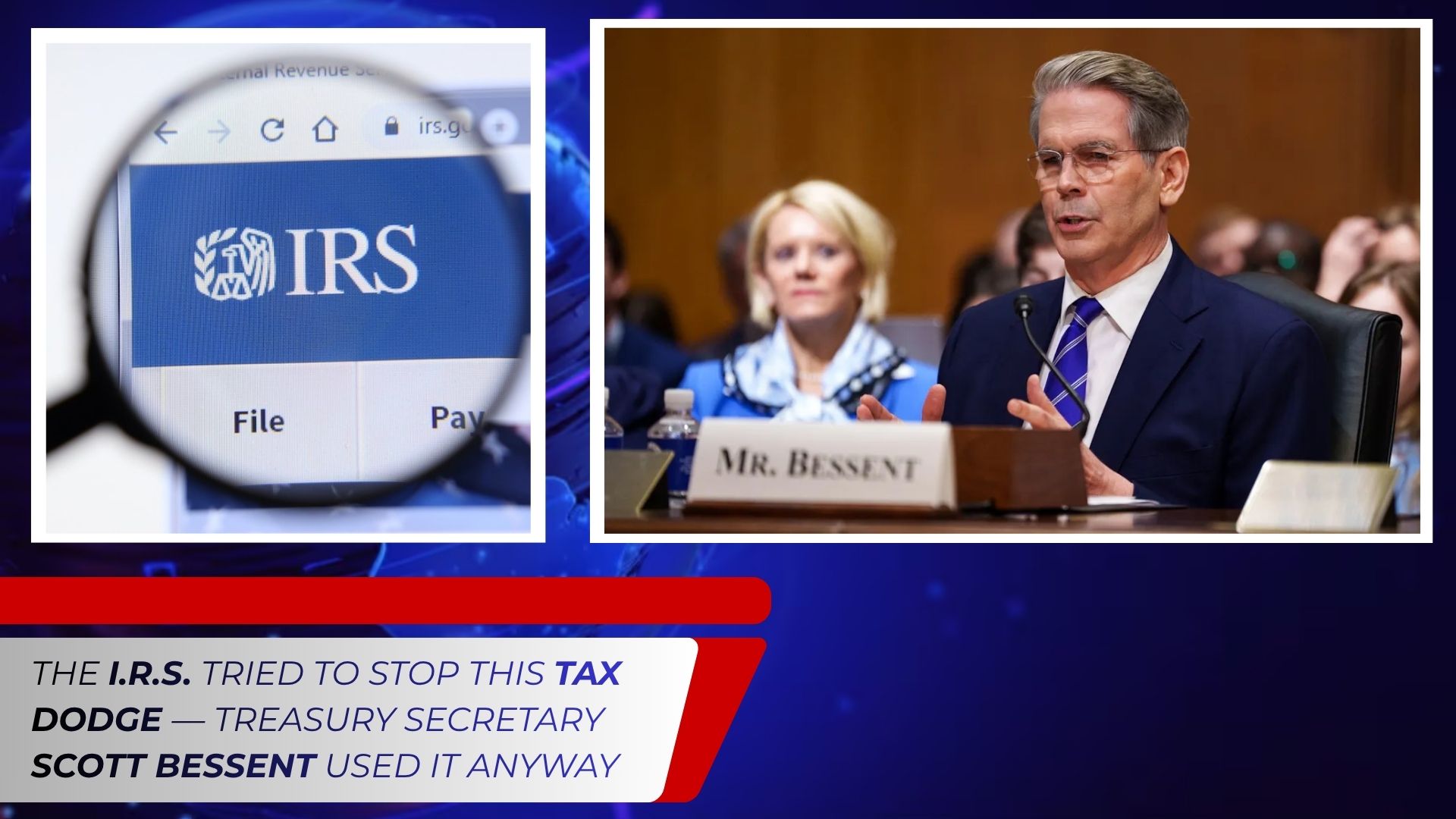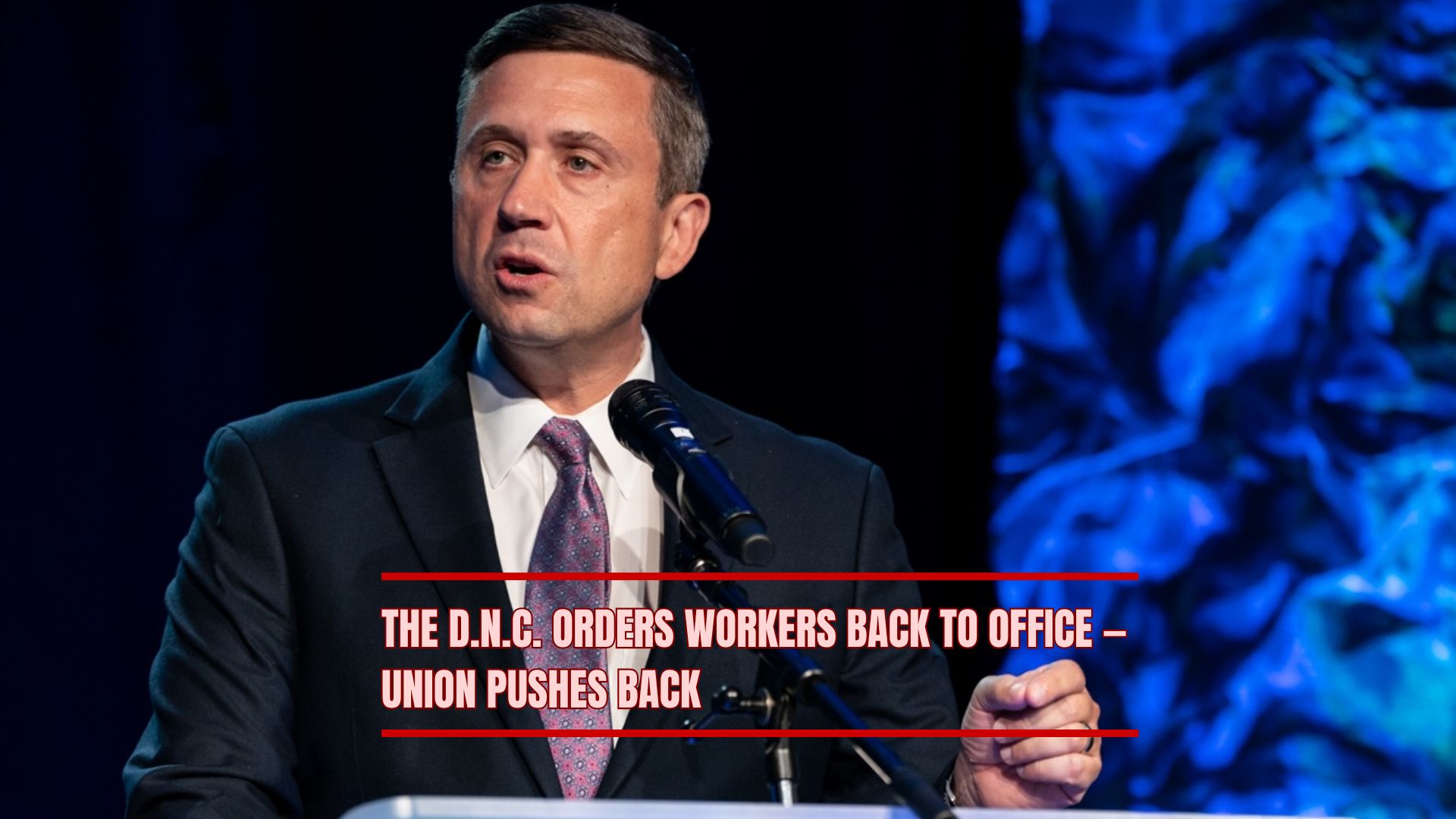Vice President JD Vance and First Lady Usha Vance made a deeply symbolic stop at the Church of the Holy Sepulchre in Jerusalem this week, marking one of the most personal moments of their diplomatic tour through Israel. The visit came amid rising regional tensions and renewed discussions about the U.S. role in Middle Eastern peace efforts, but for the Vice President, the stop carried a distinctly spiritual tone.
Vance, a devout Christian whose faith has increasingly shaped his political identity, attended a private mass and confession at the church early Wednesday morning, before the site opened to the general public. According to pool reports and aides traveling with him, the Vice President spent nearly an hour inside the basilica, kneeling in prayer near what many Christians believe to be the tomb of Jesus Christ.
The Church of the Holy Sepulchre, located in the Christian Quarter of Jerusalem’s Old City, is considered one of the holiest sites in Christianity. Built on what is believed to be the site of Jesus’s crucifixion, burial, and resurrection, it has drawn pilgrims from around the world for more than 1,600 years.
A Personal Pilgrimage Amid Diplomatic Talks
While official White House statements framed the stop as part of a broader itinerary honoring “the shared religious heritage between the United States and the Holy Land,” aides close to Vance described the visit as something more personal.
“This was not a photo op — this was a pilgrimage,” said one senior administration official, speaking on background. “The Vice President wanted to begin his trip with a moment of reflection and prayer for peace, for wisdom, and for the families affected by the violence in the region.”
Accompanied by his wife, Usha, the First Lady wore a long black veil and carried a small rosary as the couple entered through the main courtyard of the church. They were greeted by Franciscan friars, who led them through the Stone of Unction — where Jesus’s body is believed to have been prepared for burial — and into the Aedicule, the small shrine that houses the empty tomb.
According to press pool notes, the Vice President placed a hand on the marble slab and bowed his head silently. He reportedly received communion and later lit a candle, symbolizing hope for reconciliation between Israelis and Palestinians.
Part of a Broader Middle East Tour
The visit to Jerusalem is part of a larger multi-nation trip that has taken the Vice President and First Lady through Israel, Jordan, and Egypt — a tour intended to underscore the Biden administration’s commitment to stability in the region even as President Trump’s policies continue to dominate domestic headlines.
Earlier in the week, Vance met with Israeli Prime Minister Benjamin Netanyahu to discuss ongoing security cooperation, trade partnerships, and humanitarian aid for displaced civilians in Gaza. The Vice President also held a roundtable discussion with Israeli Christian leaders, highlighting religious freedom and protection of minority faith communities in the region.
Speaking after the meeting, Vance said, “The Holy Land is sacred not just to one faith, but to all people who believe in the dignity of the human spirit. America will always stand for that dignity — for peace, and for the freedom to worship without fear.”
Faith and Public Life
Vance, 41, has been open about how his Christian beliefs influence his public service. Since taking office as Vice President, he has frequently spoken about faith as a guiding force in politics and policy — particularly in debates over education, family, and national identity.
During a recent appearance at the National Prayer Breakfast, Vance said his mission as Vice President is to “restore moral clarity in public life” and to “reclaim faith as a source of unity, not division.”
His Jerusalem stop is likely to reinforce that image. Political analysts say the trip also offers a rare moment of bipartisanship in an otherwise polarized Washington, with leaders from both parties praising the symbolic importance of the visit.
Reactions From Faith Leaders
Archbishop Pierbattista Pizzaballa, Latin Patriarch of Jerusalem, welcomed the Vice President’s visit, saying it reflects “a genuine commitment to spiritual diplomacy.”
“When global leaders come to this sacred place in humility and prayer, it reminds us that peace begins in the heart,” Pizzaballa said in a statement. “The presence of the Vice President and the First Lady was respectful, reflective, and moving.”
U.S. Ambassador to Israel Jack Lew also accompanied the couple briefly during their tour of the Old City, noting that the Vice President “wanted to see and experience Jerusalem not as a policymaker, but as a person of faith.”
American Jewish and Christian groups in Israel both issued positive remarks about the visit, emphasizing the importance of cross-religious solidarity. The American Jewish Committee (AJC) released a statement calling the moment “an encouraging display of respect for Israel’s diverse religious heritage.”
A Symbolic Moment for U.S.-Israel Relations
While the visit was largely spiritual, it also carried diplomatic weight. The Church of the Holy Sepulchre has long been a symbol of coexistence — jointly managed by several Christian denominations, including the Greek Orthodox, Armenian Apostolic, and Roman Catholic churches.
By visiting the site privately and without media fanfare, Vance projected a tone of humility that contrasted with the more politically charged backdrops of other U.S. visits to Israel.
White House officials later confirmed that the Vice President also spent time in quiet conversation with Christian leaders about ongoing vandalism and harassment of churches and clergy in the Old City, an issue that has drawn international attention.
The First Lady’s Role
Usha Vance, an attorney and the first Indian American First Lady of the United States, has taken an active role in the administration’s outreach to interfaith communities. During the Jerusalem visit, she met with local women’s groups affiliated with Catholic and Orthodox charities, discussing education and healthcare access for Palestinian families.
“She brings a human dimension to these visits,” said a senior White House official. “She connects with people on a personal level — mothers, teachers, community workers — and that’s where diplomacy often starts.”
Looking Ahead
The Vice President’s Middle East tour will continue with stops in Amman and Cairo, where he is expected to meet with King Abdullah II of Jordan and Egyptian President Abdel Fattah el-Sisi. Officials say the focus will remain on fostering regional security, interfaith dialogue, and humanitarian coordination.
As Vance left the Church of the Holy Sepulchre, he paused briefly to address reporters gathered outside the courtyard. His voice was soft, his words measured.
“This place reminds us that hope endures even through suffering,” he said. “Our job as leaders is to make sure that hope survives — not just in our faith, but in our actions.”
%20(4).png)



.png)




